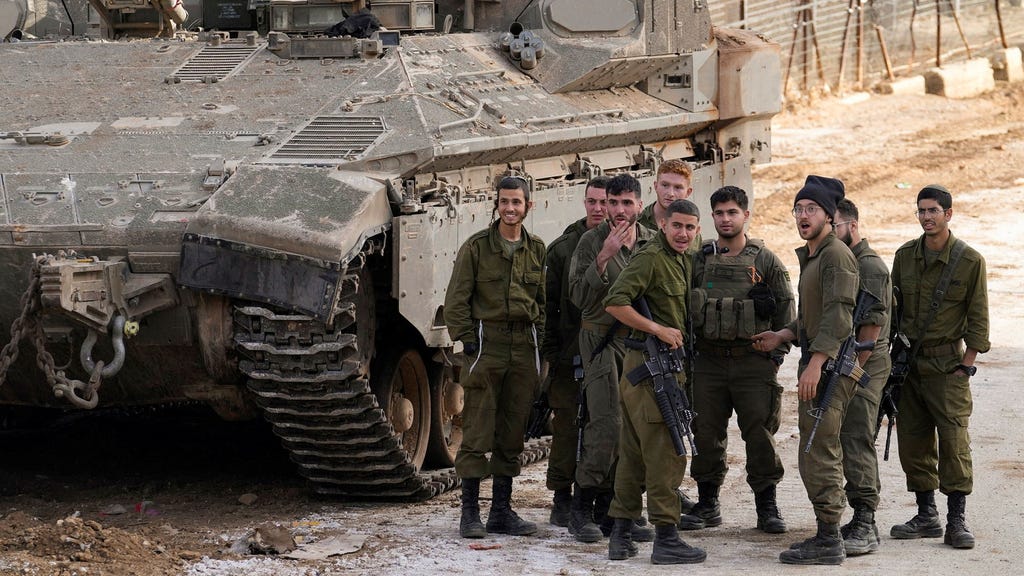The Yom Kippur War, a conflict etched in the annals of Middle Eastern history, witnessed a dramatic turn of events on the Golan Heights, a strategically vital plateau overlooking northern Israel. On Sunday, October 6, 1973, amidst the fierce fighting that characterized the early stages of the war, Israeli armored forces launched a determined counteroffensive, pushing deep into the demilitarized zone separating Israeli and Syrian forces. This incursion marked a critical shift in the momentum of the battle, as Israeli forces aimed to regain lost ground and disrupt the Syrian advance. Simultaneously, Israeli paratroopers, renowned for their daring and agility, executed a daring maneuver, seizing control of the Syrian slopes of Mount Hermon, the strategically significant peak dominating the Golan Heights. The Syrian border guard, overwhelmed by the surprise attack and facing heavy casualties, abandoned their positions, leaving the strategically important high ground in Israeli hands.
The capture of Mount Hermon was of paramount importance for both sides in the conflict. For the Syrians, the mountain served as a crucial observation post, providing unparalleled views deep into Israeli territory. Its elevated position allowed Syrian artillery observers to direct accurate fire onto Israeli positions below, significantly hindering Israeli troop movements and logistics. For Israel, regaining control of Mount Hermon was essential for reversing this tactical disadvantage. Recapturing the peak not only eliminated the Syrian observation advantage but also provided Israeli forces with their own strategic vantage point, enabling them to monitor Syrian troop movements and disrupt their offensive operations. The successful assault by the Israeli paratroopers, despite the challenging terrain and determined Syrian resistance, proved to be a turning point in the battle for the Golan Heights.
The Israeli counteroffensive on the Golan Heights, encompassing both the armored advance into the demilitarized zone and the paratrooper assault on Mount Hermon, demonstrated the Israel Defense Forces’ (IDF) resilience and adaptability in the face of a formidable enemy offensive. The Syrian army, initially enjoying significant success in the early stages of the war, had caught the IDF off guard with their surprise attack. However, the IDF quickly reorganized and launched a series of counterattacks, demonstrating their operational agility and tactical prowess. The push into the demilitarized zone allowed Israeli armor to engage Syrian forces on more favorable terms, disrupting their supply lines and slowing their advance. The capture of Mount Hermon further compounded the Syrian setbacks, depriving them of a key strategic asset and bolstering Israeli morale.
The fighting on the Golan Heights was characterized by intense armored clashes, close-quarters combat, and heavy artillery barrages. Both sides suffered significant losses in men and material. The terrain, a mix of rocky hills, open plains, and deep ravines, played a crucial role in shaping the battles. The IDF, although initially outnumbered and outgunned, leveraged their superior training, tactical flexibility, and air power to gradually gain the upper hand. The ability of the Israeli Air Force to provide close air support and interdict Syrian reinforcements proved to be a decisive factor in the battle. The Syrians, despite their initial successes, struggled to maintain their momentum in the face of the determined Israeli resistance and mounting logistical challenges.
The battle for the Golan Heights during the Yom Kippur War highlighted the strategic importance of this contested territory in the broader Arab-Israeli conflict. The Golan Heights, with its commanding views of northern Israel and the surrounding region, had been a source of tension between Israel and Syria since the 1948 Arab-Israeli War. Israel’s capture of the Golan Heights during the Six-Day War in 1967 further exacerbated this tension. The Yom Kippur War, launched by Syria and Egypt in a coordinated attempt to regain lost territories, underscored the volatile nature of the region and the enduring significance of the Golan Heights as a flashpoint in the ongoing conflict.
The Israeli success in regaining control of the Golan Heights and repelling the Syrian offensive, despite the initial setbacks, had far-reaching consequences. It solidified Israel’s hold on the strategically important plateau and contributed to the eventual ceasefire agreement that ended the Yom Kippur War. The war, while a costly and traumatic experience for both sides, also served as a catalyst for future negotiations and peace efforts in the region. The battles fought on the Golan Heights served as a stark reminder of the devastating consequences of conflict and the urgent need for a lasting resolution to the Arab-Israeli dispute. The war also underscored the importance of military preparedness, intelligence gathering, and adaptability in the face of unexpected challenges. The memory of the Yom Kippur War continues to shape Israeli security doctrine and strategic thinking to this day.














